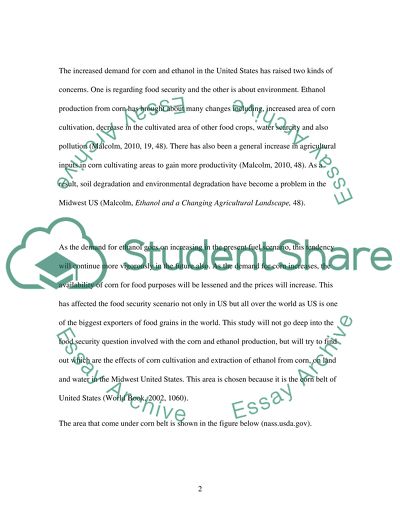Cite this document
(“CORN AND ETHANOL: EFFECTS ON LAND AND WATER IN THE MIDWEST UNITED Research Paper”, n.d.)
Retrieved from https://studentshare.org/family-consumer-science/1414930-corn-and-ethanol-effects-on-land-and-water-in-the
Retrieved from https://studentshare.org/family-consumer-science/1414930-corn-and-ethanol-effects-on-land-and-water-in-the
(CORN AND ETHANOL: EFFECTS ON LAND AND WATER IN THE MIDWEST UNITED Research Paper)
https://studentshare.org/family-consumer-science/1414930-corn-and-ethanol-effects-on-land-and-water-in-the.
https://studentshare.org/family-consumer-science/1414930-corn-and-ethanol-effects-on-land-and-water-in-the.
“CORN AND ETHANOL: EFFECTS ON LAND AND WATER IN THE MIDWEST UNITED Research Paper”, n.d. https://studentshare.org/family-consumer-science/1414930-corn-and-ethanol-effects-on-land-and-water-in-the.


